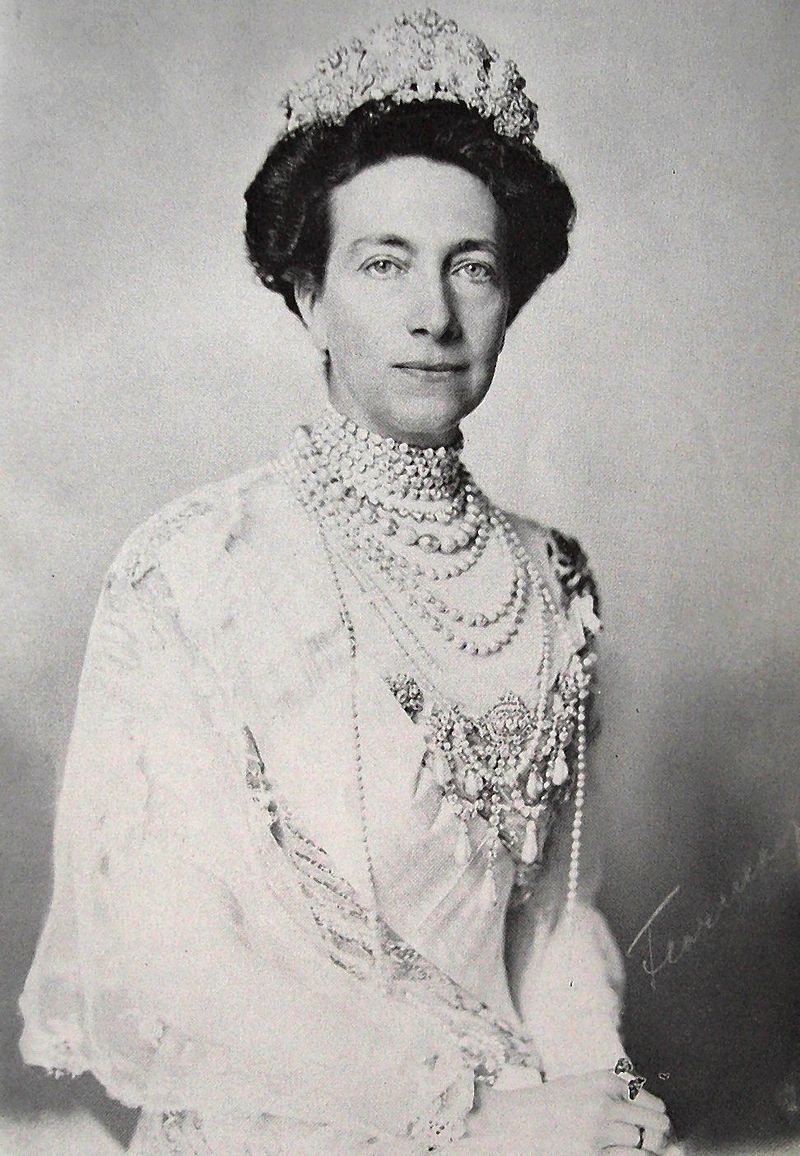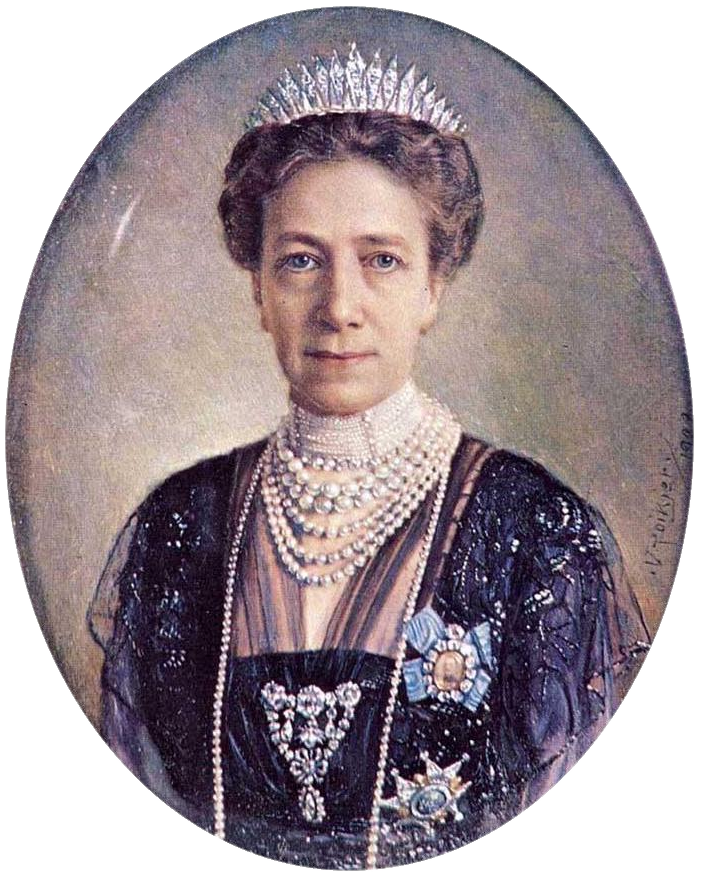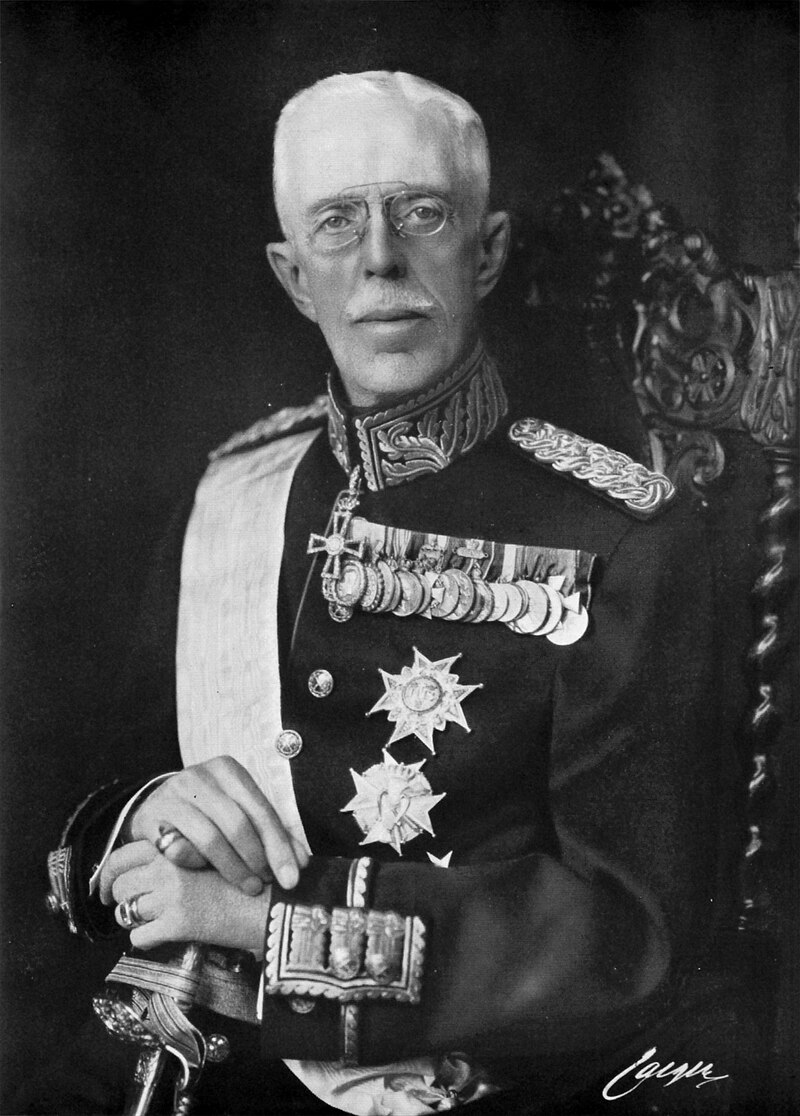by Scott Mehl © Unofficial Royalty 2015

King Salman of Saudi Arabia; Credit – Wikipedia
Arabic Naming Conventions
- Al – family/clan of…
- bin or ibn – son of…
- bint – daughter of…
Salman bin Abdulaziz Al Saud, King of Saudi Arabia, Custodian of the Two Holy Mosques, and Head of the House of Saud, was born on December 31, 1935, to King Abdulaziz of Saudi Arabia and one of his wives, Hassa bint Ahmad Al Sudairi. Salman and his six full brothers were known as the ‘Sudairi Seven’. Raised at the Murabba Palace, Salman received his early education at the Princes’ School in Riyadh.
Salman’s father King Abdulaziz had a polygamous household comprising several wives at a time and numerous concubines. It is thought he had a total of 22-24 wives. Abdulaziz was the father of almost a hundred children, including 45 sons of whom 36 survived to adulthood. The six Kings of Saudi Arabia who followed King Abdulaziz were all his sons.
- King Saud of Saudi Arabia (1902 – 1969, reigned 1953 – 1964, deposed)
- King Faisal of Saudi Arabia (1906 – 1975, reigned 1964 – 1975, assassinated)
- King Khalid of Saudi Arabia (1913 – 1982, reigned 1975 – 1982)
- King Fahd of Saudi Arabia (1921 – 2005, reigned 1982 – 2005)
- King Abdullah of Saudi Arabia (1924 – 2015, reigned 2005 – 2015)
- King Salman of Saudi Arabia (born 1935, reigned 2015 – present)

Salman in his youth, date unknown. Source: Wikipedia
At the age of 19, Salman was appointed Deputy Governor of Riyadh and served as Governor of Riyadh from 1963 until 2011. From November 2011, he served as Defense Minister under his half-brother King Abdullah. He was also appointed Second Deputy Prime Minister replacing his brother Crown Prince Sultan. In 2012, following the death of another brother Crown Prince Nayef, Salman was named Crown Prince and First Deputy Prime Minister.
Salman became King of Saudi Arabia on January 23, 2015, following the death of his half-brother King Abdullah. He named his younger half-brother Muqrin as Crown Prince. However, in April 2015, he removed Muqrin and named his nephew Muhammad bin Nayef as Crown Prince. In June 2017, King Salman removed his nephew Muhammad bin Nayef from all positions and named his son Mohammad bin Salman as Crown Prince. Previously, he had been Deputy Crown Prince.
After taking the throne, Salman streamlined the government, consolidating several different areas into two main organizations – The Council of Political and Security Affairs, and the Council for Economic and Development Affairs.
King Salman has made headlines for his extravagant trips to the United States and the southern coast of France, traveling with an entourage numbering in the hundreds. There has been much media speculation about his health. Some media reports have suggested that King Salman is suffering from some form of dementia, possibly Alzheimer’s Disease. There has been no formal statement from the Royal Court regarding these claims. Crown Prince Mohammed bin Salman, is considered the de facto ruler of Saudi Arabia and has led many reforms within the country, as well as creating a number of controversies, including the 2017 arrest of members of the Saudi royal family and the assassination of journalist Jamal Khashoggi.
King Salman has married three times. His first wife was his first cousin, Sultana bint Turki Al Sudairi (died 2011) with whom he had six children:
- Prince Fahd (1955 – 2001)
- Prince Sultan (born 1956)
- Prince Ahmed (1958 – 2002)
- Prince Abdulaziz (born 1960)
- Prince Faisal (born 1970)
- Princess Hassa (born 1974)
His second wife was Sarah bint Faisal Al Subai’ai (divorced), with whom he had one son:
- Prince Saud (born 1986)
His third wife was Fahda bint Falah bin Sultan Al Hithalayn, with whom he had six sons:
- Crown Prince Mohammad (born 1985)
- Prince Turki (born 1987)
- Prince Khalid (born 1988)
- Prince Hayif
- Prince Bandar
- Prince Rakan
This article is the intellectual property of Unofficial Royalty and is NOT TO BE COPIED, EDITED, OR POSTED IN ANY FORM ON ANOTHER WEBSITE under any circumstances. It is permissible to use a link that directs to Unofficial Royalty.

















